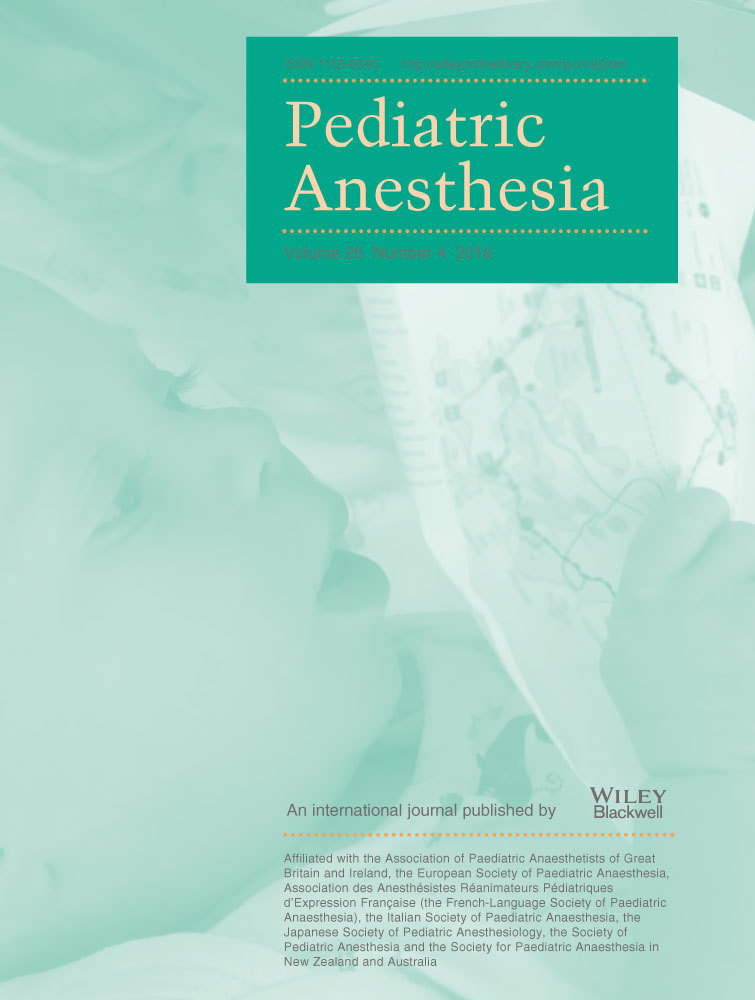Evaluation of emergency pediatric tracheal intubation by pediatric anesthesiologists on inpatient units and the emergency department
Summary
Background and Objectives
There are limited data on pediatric emergency tracheal intubation on inpatient units and in the emergency department by anesthesiologists. This retrospective cohort study was designed to describe the frequency of difficult intubation and adverse events associated with emergency tracheal intubation performed by pediatric anesthesiologists in a large children's hospital.
Methods
All emergency tracheal intubation on inpatient units and the emergency department performed by pediatric anesthesiologists over a 7-year period in children <18 years were identified by querying our perioperative clinical information system. Medical records were comprehensively reviewed to describe the emergency intubation process and outcomes.
Results
One hundred and thirty-two intubations from 120 children (median age 3.3 years) were eligible. The majority of emergency tracheal intubations were successful with 1–2 laryngoscopy attempts, while 14 (10.6%) were difficult. Despite grade 3 view in 3/14 cases, the airway was secured after multiple direct laryngoscopy attempts. Eleven required use of an alternative airway device to secure the airway. A preexisting airway abnormality or craniofacial abnormality was present in 57% of cases with difficult intubation including half with micrognathia or retrognathia. Major intubation-related adverse events such as aspiration, occurred in 5 (3.8%) emergency tracheal intubations. Mild-to-moderate intubation-related adverse events occurred in 23 (17.4%) emergency tracheal intubations including mainstem bronchus intubation (13.6%).
Conclusion
A significant rate of difficult intubation and mild-to-moderate intubation-related adverse events were found in emergency tracheal intubations on inpatient units and the emergency department in children performed by a pediatric anesthesiology emergency airway team. Difficult intubation was observed frequently in children with preexisting airway and craniofacial abnormalities and often required the use of an alternative airway device to successfully secure the airway.




